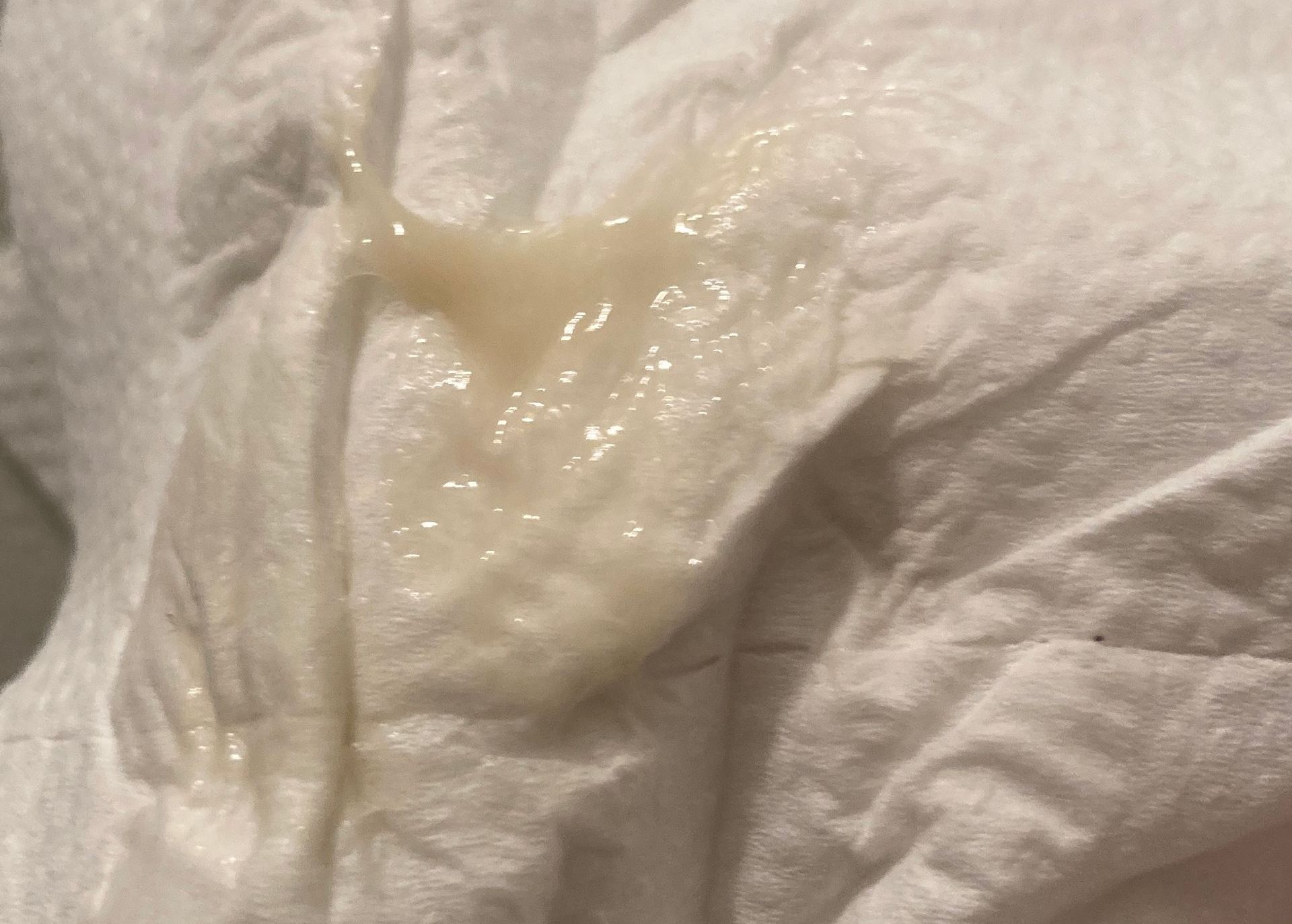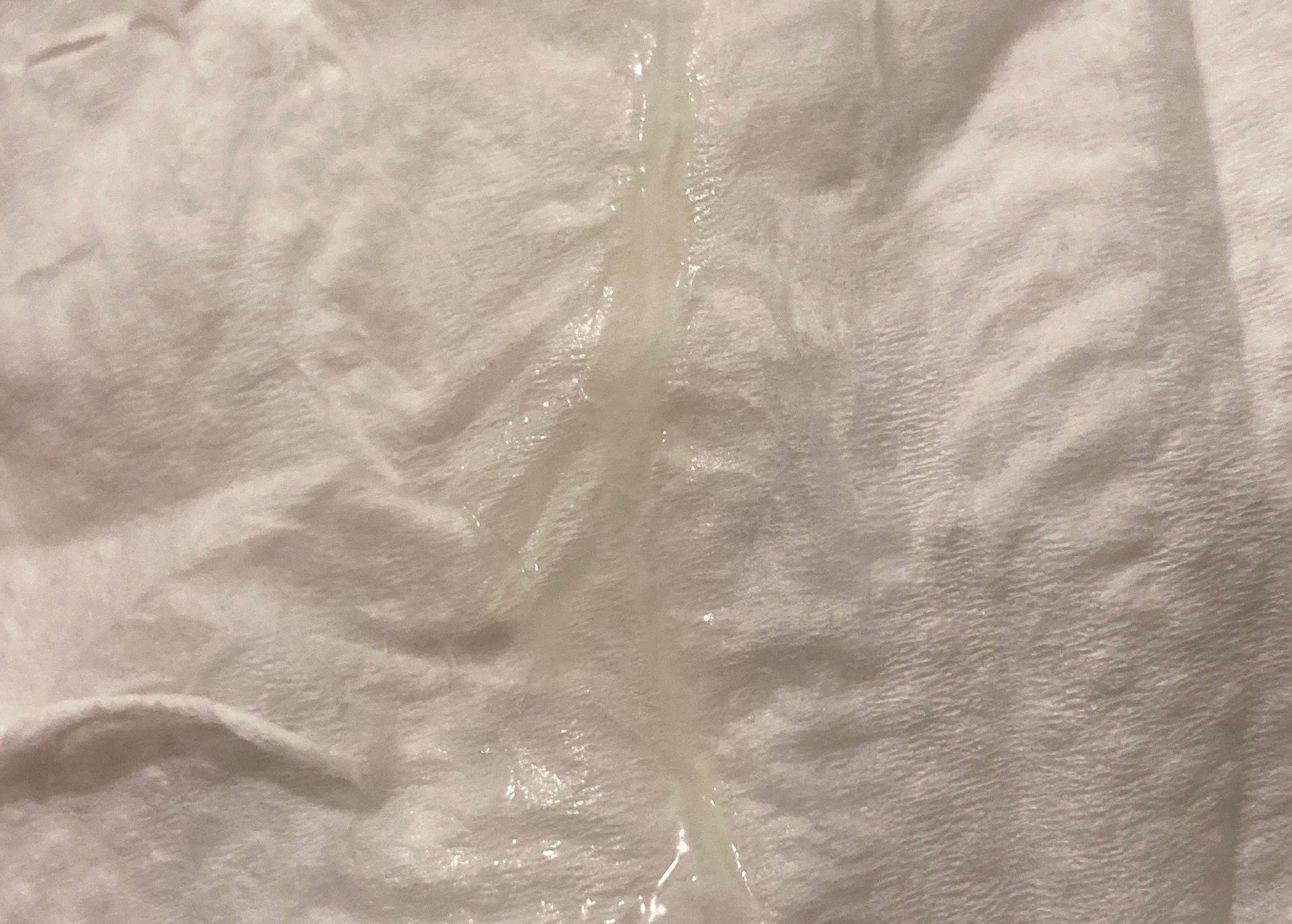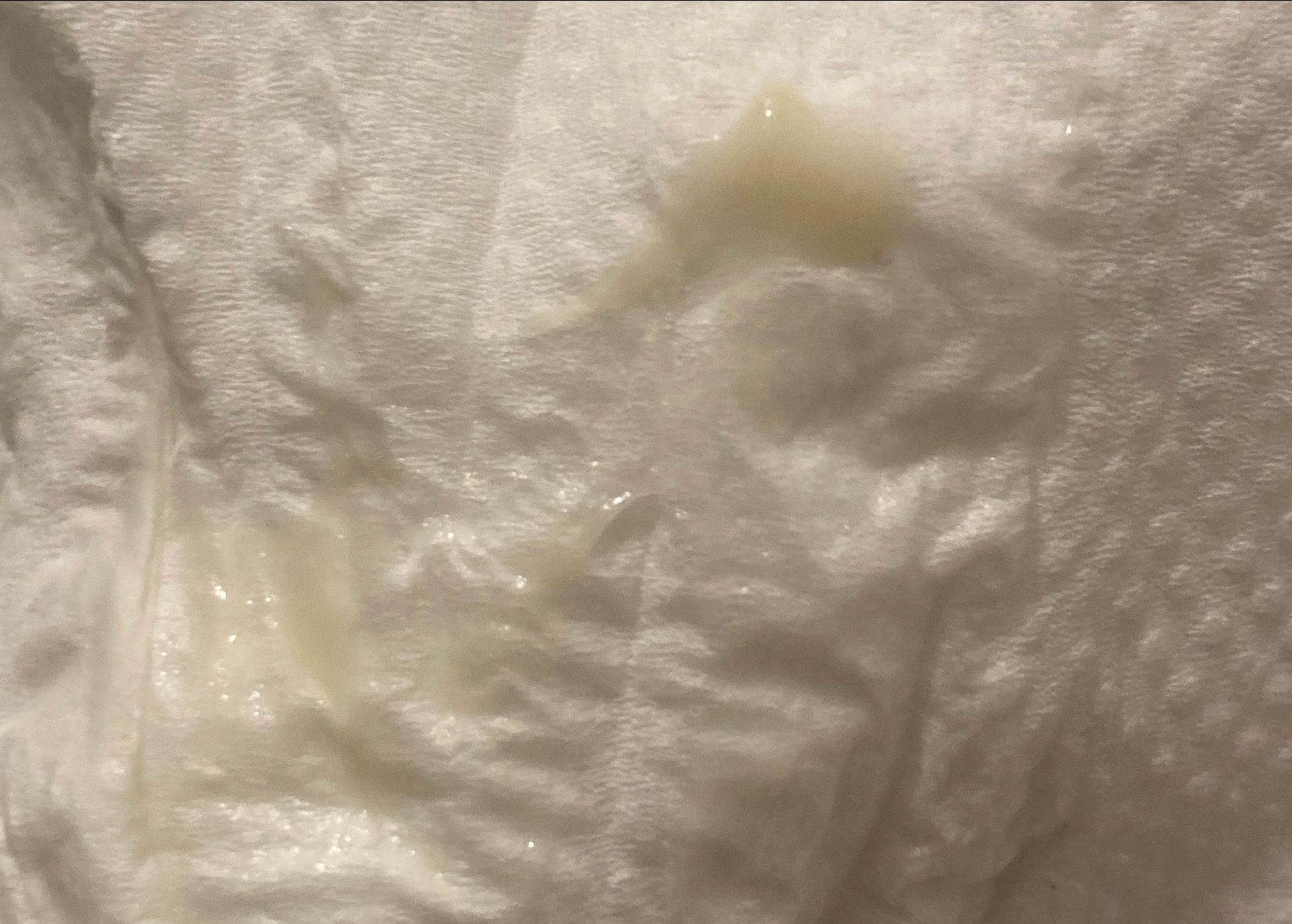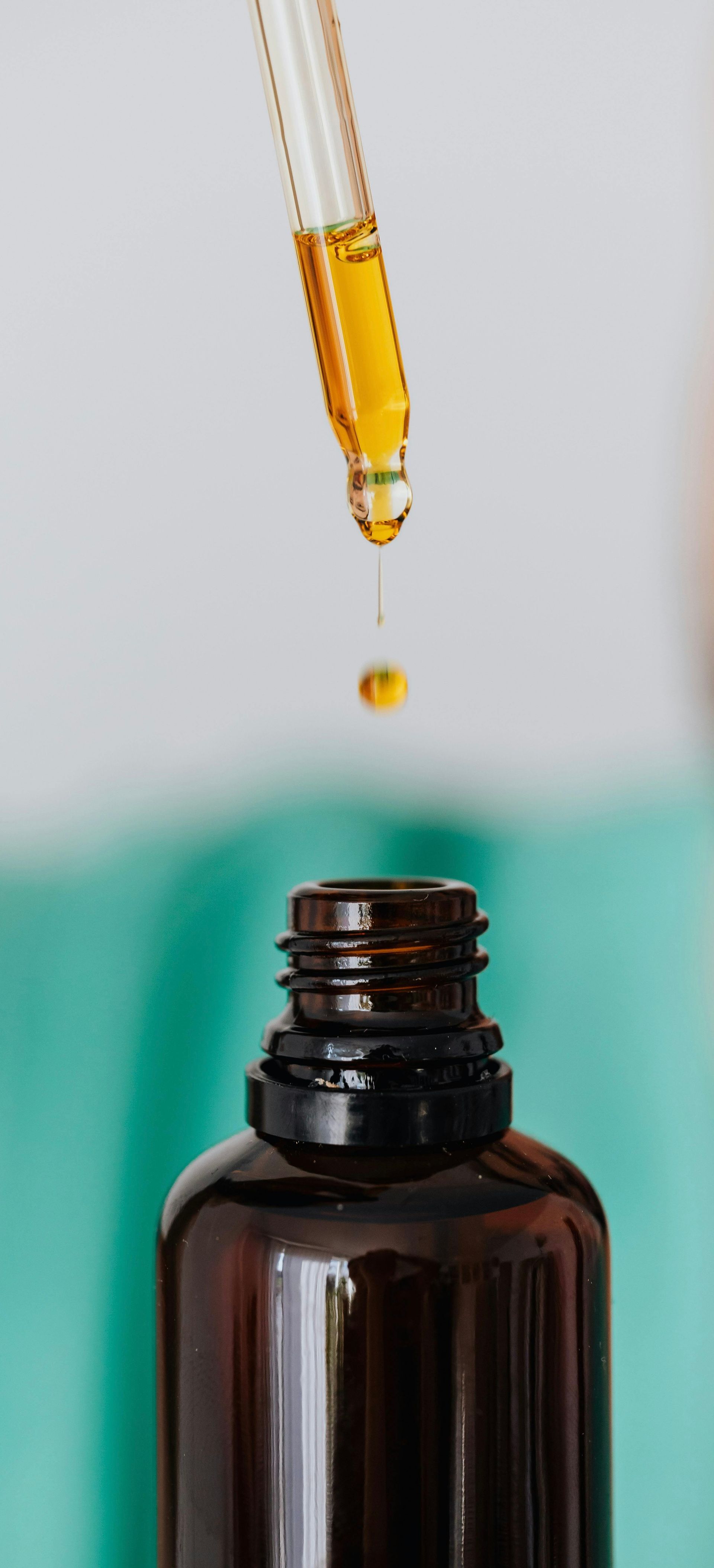Guide to Cervical Mucus (with Pictures)
Tea Time with Jo | Guide to Cervical Mucus (with Pictures)
A big part of work with patients is to help them identify their fertile window. This helps a woman to understand when she is most fertile so that she can either attempt to conceive or avoid conception. For the purposes of this blog post, I am going to focus on cervical mucus (aka cervical fluid or cervical discharge). Let’s dive in…
Why Bother Checking?
That goop that comes out on your toilet tissue, or makes its way to your underwear, is a marker of your hormonal and vaginal health. The Vagina is lined with mucus membranes and having some secretions is normal and healthy but it is important to monitor for any changes that may indicate a possible infection. This is true even for women who are through with reproducing. Vaginal dryness is a real issue and it affects women of all ages, not just those in menopause. While hormonal birth control can also alter the appearance of cervical mucus, getting familiar with what your normal is makes it easier to acknowledge if there is a change that could be indicative of candida infection, STIs, Bacterial Vaginosis, etc.
Cervical Mucus Does NOT Confirm Ovulation
There are different types of cervical mucus that the body creates throughout a menstrual cycle depending on which hormones are abundant at that time. While we can learn to identify which presentation of cervical mucus is indicative of our bodies preparing to ovulate, we cannot confirm ovulation via cervical mucus alone. It is always a wise idea to track Basal Body Temperature or use progesterone urine test strips to confirm ovulation, especially if you plan on having unprotected intercourse in your luteal phase, and wish to avoid pregnancy.
With that being said, let’s discuss the different types of mucus/discharge/fluids you may see depending on where you are in your menstrual cycle:
Post-Menstrual Cervical Mucus
Depending on how long your menses is, you may have a few “dry” days after menstrual bleeding ends or you may start to produce some type of cervical mucus pretty soon afterwards. This type of cervical mucus is thick, opaque and can be a little clumpy. It tends to be more sticky and often comes off on your toilet tissue looking like clumps of mucus. It may also just look like thick, sticky snot (not to sound gross but it can look like something you coughed up). The color may be white or even a little pale yellow. A lot of women describe this type as “milky”. Note that this clumping shouldn’t look like cottage cheese (cottage cheese like discharge can be indicative of infection).
Here is an example of healthy Post-Menstrual Cervical Mucus:

Pre-Ovulatory (Fertile) Cervical Mucus
This type of cervical fluid gets produced as the body is getting ready to release an egg. It takes sperm a while to reach the fallopian tubes so the body, it its divine wisdom, creates a cervical fluid that can protect the sperm and help it live ~5 days in the body. This way partners can have intercourse prior to the egg being released and the sperm will be protected as they lay in wait for the egg to arrive. This type of cervical fluid is clear, slippery and stretchy. It is often referred to as egg white cervical mucus because it resembles the appearance of raw egg whites. If you are looking to avoid pregnancy, you should abstain from unprotected intercourse when you see this type of cervical mucus. If you are trying to conceive, seeing this cervical mucus is your sign to go for it! Here is an example:

Post-Ovulatory/Pre-Menstrual Cervical Mucus
Shortly after an egg is released, the body will create a thicker cervical mucus to help plug the cervix in the event of a pregnancy. This mucus plug helps to keep bacteria out of the womb in order to protect the developing fetus/fetuses. If there is no pregnancy, the body may start to release some of this mucus as it is no longer needed. This cervical mucus may resemble what it looked like at the beginning (before it turned clear and stretchy) or it may be drier looking, almost like clumps of school glue. This mucus tends to be sticky, less moist and opaque. It may be white or pale yellow. Here is an example:

If Your Cycles Are Not Regular (PCOS, Peri-Menopause, Etc)
Even if your menstruation doesn’t follow a regular pattern, you should still be able to track the changes in your cervical mucus. Actually, tracking your cervical mucus may be the best way to predict when your menses might actually be starting. This is because your body will only produce fertile, egg white cervical mucus when there is an increase in ovulation hormones. Ladies with PCOS or in Peri-Menopause, have a tendency to produce a steady amount of Luteinizing hormone (which is what ovulation test strips check) throughout the cycle. This can make it difficult to really know if they are truly ovulating or not. However, when the ovaries are truly preparing for ovulation, estrogen levels also increase and the combination of the rising estrogen along with luteinizing hormone is what produces that egg white-y discharge.
Even if your cycles are not regular, if you see this type of discharge, you will likely have a menstrual period 9-14 days after. This will help you predict when you might have a bleed.
Things That Can Affect Cervical Mucus:
-Cervical mucus is over 90% water. This means that if you are not properly hydrated, your body may not have enough fluid to produce cervical mucus. Make sure to get adequate amounts of fluid and to add electrolytes for optimum hydration.
-If you have unprotected intercourse you may confuse left over semen with cervical mucus. That is yet another reason why it is important to get familiar with your own fluids (color, texture, scent, etc). Feeling confident in what your body naturally produces makes it easier to see when changes are happening.
-Some hormonal birth control methods suppress the production of ovulation hormones in the body. This can cause for you to experience little to no cervical mucus. You may also just produce the same kind of discharge without seeing any change in the color or texture. In order to accurately track your discharge, you must avoid any hormonal therapies that can interfere with your body’s production of cervical fluids.
I hope this post helped to clear up any questions you may have had about cervical mucus and helps you understand how to know when you are getting ready to ovulate. This level of awareness in your body can be so transformative and aid you in living with more alignment for your cyclical body. If you would like to understand the different phases of your menstrual cycle, check out this IG post.
Feel free to share this post with anyone that might find it helpful. I’ll catch you in the next post :)










